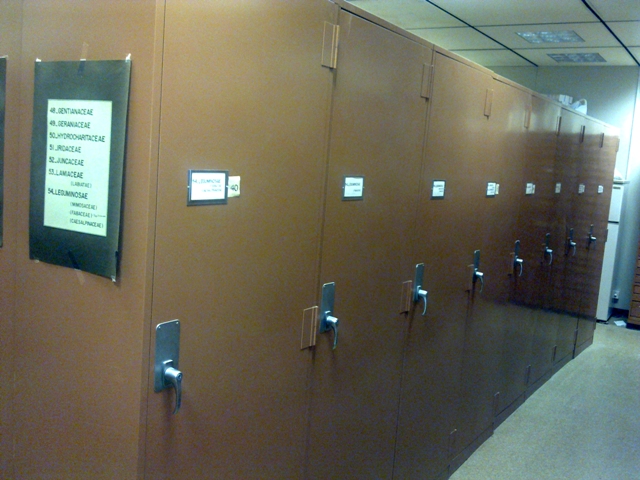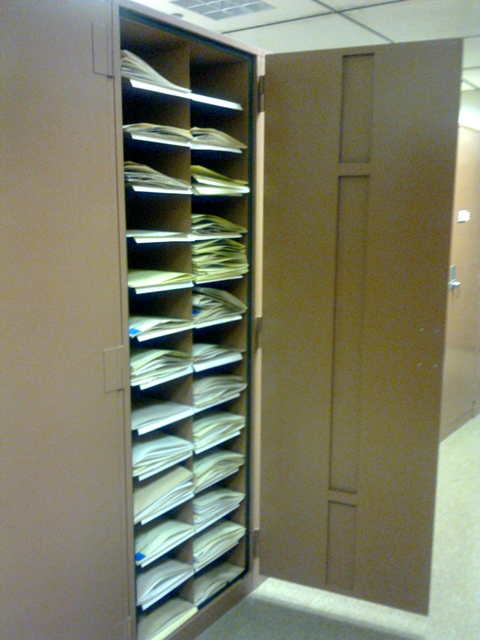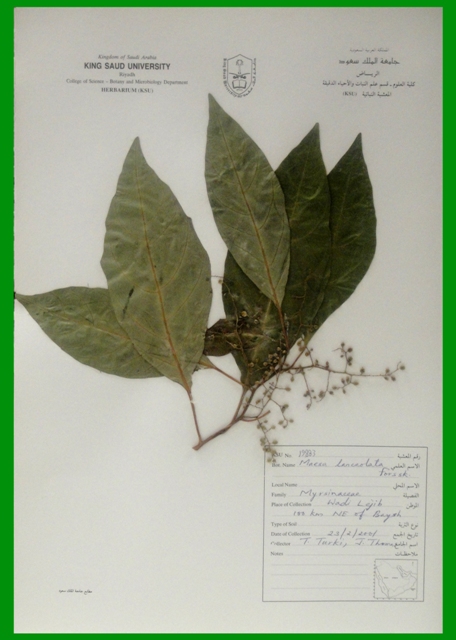History of floristic studies in Saudi Arabia.
Among the Arab writers, A.H.Dinawari (895 A.D.) in his book “Kitab al Nabat”, had given a comprehensive knowledge of the agriculture and medicinal practices of the Bedouins. His book was one of the standard works of those years for lexicologists, ethnobotanists, etc. Other known collectors who lived from tenth to fourteenth centuries, such as Istakhri (915-919 A.D.), Idrisi (11153 A.D.), A.Al-Fida (1331 A.D.) have also written about Arabian plants. Subsequently several Muslim travelers and plant collectors visited the country over a period of 500 years or so and studied the vegetation of Arabian Peninsula, with special emphasis on the study of medicinal plants. Their findings have been depicted in various books and reports.
Serious interest in the flora of Arabia (Arabia Felix) had started during the time of Peher Forsskal (1736-1763). During his stay in the southern parts of the Arabian Peninsula, he had collected a significant number of plants both from Yemen and Jizan Region. Some of these plants were described as new in the posthumous publication “Flora Aegyptiaca-Arabica” by Niebuhr (1775). This was the only source for Botanical studies during the late eighteenth and early nineteenth centuries. Later in 1825, Ehrenberg visited some of the Red Sea Islands, mainly to study microorganisms. However, none of the collectors (including Ehrenberg-1820-26, Aucher-Eloy-1830, Kotschy and Schimper-1836, Anderson-1859, Pelley 1865, Balfour-1880, Schweinfurth-1888, Deflers-1893) had left any extensive notes, which depicts the collection records from any region north of Sa’dah in Yemen. In 1833, J.R. Wellsted traveled along the southern coast of Arabia and collected some plants. E. Combes nad M.O. Tamisier, towards the middle of the 19th century, accompanied an Egyptian expedition team to the mountains of Asir. Their records were published in the “Voyage en Abssinie et 1` Arabie” in 1851. The early part of the twentieth century had witnessed the activities of a few collectors such as Musil-1909 and Philby-1917. E. Blatter (1919-1936) compiled most of the major and minor collections of the previous visitors and published a detailed checklist of the wild plants of Arabia (Flora Arabica).
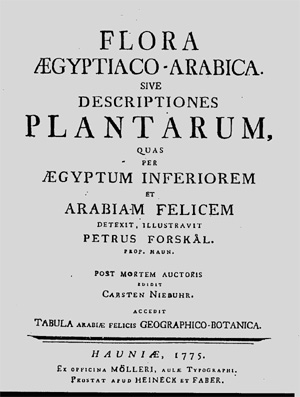
During and after the transformation from a loose tribal confederation to a more organized monarchial state in 1936, the development of science in Saudi Arabia, particularly in matters associated with wild plants had progressed in a steady manner.
The collections of DeMarco (DeMarco & Dinelli, 1974), as part of the work of Italconsult Company for the survey of Agriculture Development, and Mandaville (Saudi Aramco during 1960’s) were also remarkable. These collections were deposited in the British Herbaria. In the second half of the previous century plant collection activities were intensified by the active support of University staff such as A.M. Migahid, A.El-Sheikh, U. Bairele, P. Kong, H.M. Hassan, H.A. Abulfatih, etc. Most of these collections are deposited in the Herbarium (KSU) of Botany & Microbiology, King Saud University, Riyadh. As a result of these collections, the first edition of the Flora of Saudi Arabia by Migahid and Hammouda appeared in 1974 and the subsequent second and third editions by Migahid in 1978 and 1988-1990 respectively. Despite all these collections, the intensity of the explorations by various scientists in this region remains unabated.
A large number of publications have also been appeared in the past two decades, featuring the ecology and flora of the south-western region. Due to these intense collections and subsequent studies on plants, the number of species belonging to Saudi Arabia has increased many folds, some of which were new to science.
Among the plant collections in Saudi Arabia, it is worth mentioning the name of S. Collenette (1972-1999) as she had contributed quite a lot to the present knowledge of our flora. Most of her collections are deposited in the Royal Botanic Gardens (E), Edinburgh and RBG, Kew (K), a set of which is also deposited at the National Herbarium (RIY) of the Ministry of Agriculture.
Among the new collections deposited in various herbaria, the collections of S. Chaudhary (1980-1995), S. Chaudhary & Jacob Thomas -1985-1989 (Herbarium-RIY, Ministry of Agriculture), Jacob Thomas & Ahmed Alfarhan and Jacob Thomas (Herbarium- KSU, King Saud University), T.Al-Turki (Herbarium -MUZ, King Abdulaziz City for Science and Technology), Heemstra (ALJAWF), etc. are worth mentioning.

Apart from the above collections, large and small contributions of various scientists, conservationists and students have also been deposited in various herbaria.
Herbarium and its role in modern science
The importance of plant diversity of a region, particularly the role played by the endemic and economically important plants, is one of the hardcore topics of plant related research in the present century. Although the role played by indigenous plant to their respective ecosystems or the uses of popular plants are known to the researchers, the ethnobotanical uses of majority of rare and endangered species are still not known due to the lack of basic information on the distribution of such plants. The role of a herbarium in providing knowledge and support services to the scientific community in this regard has therefore increased during the past few decades, especially in areas where the environment is devastated by several anthropological activities. Scientists working on herbarium specimens offer data on the morphology, distribution, growth and reproduction of plants. Such studies varies from discovering and describing new taxa, to preparing identification guides and distribution maps, to documenting the occurrence of rare and endangered species. Apart from this, herbarium specimens can be used as a source of DNA material for molecular analyses. An important additional role of the Herbarium (Acronym-KSU) at King Saud University and other herbaria in the Kingdom such as RIY, MUZ, KSUP, etc. in scientific research is voucher specimens; specimens that document the identity of species sampled or recorded in ecological, ethnobotanical, or pharmacological studies. In addition, Field notes and plant collection records of plant specimens can offer a range of information pertaining to the history of vegetation. For example, herbarium specimens at KSU Herbarium can be used to document the plants that once found in the southwestern region and other suburban areas where the cities are enlarging due to population increase. Such information, recorded in specimens at the herbarium will become increasingly important as a baseline for understanding the effects of regional changes on plants and plant communities.
The role and activities of Herbaria in the Kingdom involve
- Give necessary guidance to fellow researchers and students by giving the correct nomenclature of plant species.
- study the relationships among plant species
- update the names and classifications plant species as our knowledge of their relationships changes
- prepare identification guides (such as field guides and floras)
- document plant distributions (e.g., for field guides and floras)
- assemble plant checklists for Plant diversity centers, wadis, desert range lands, provinces and other regions.
‘Plant specimens in a Herbarium provide an insight into the flora and vegetation and offer vital information for plant related research’
Major Herbaria in the Kingdom
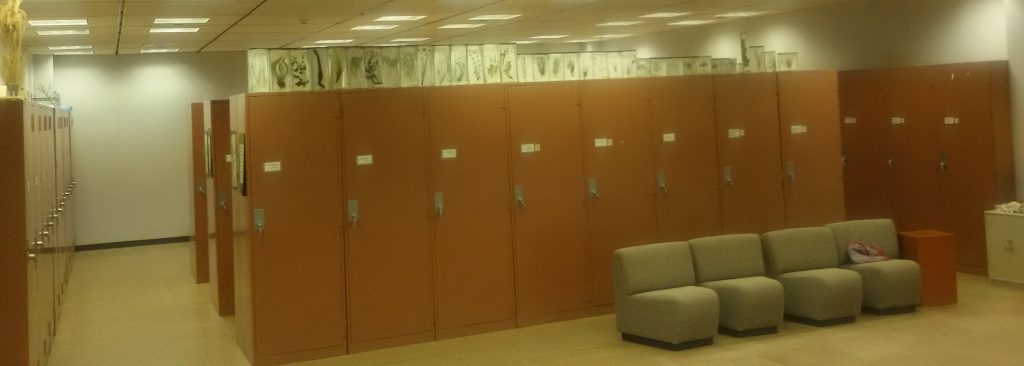
A typical Herbarium (KSU) in Saudi Arabia (Herbarium, Dept. of Botany & Microbiology, King Saud University, Riyadh, Saudi Arabia).
Acronym | Organization/Institute | Established year | Location | Number of specimens |
KSU | King Saud University | 1965 | Riyadh | 38000 + |
RIY | Ministry of Agriculture | 1979 | Riyadh | 40000 |
KFUH | King Faisal University | 1983 | Hofuf, | 1500 |
KSUP | King Saud University | 1972 | Riyadh | 10000+ |
MUZ | King AbdulAziz City for Science and Technology | 1990 | Riyadh | 5000+ |
JAZUH | Jazan University | 2014 | Jazan | 2000 |
ALJAWF | NCVC, Ministry of Agriculture | 1989 | Al Jawf | 3453 |
